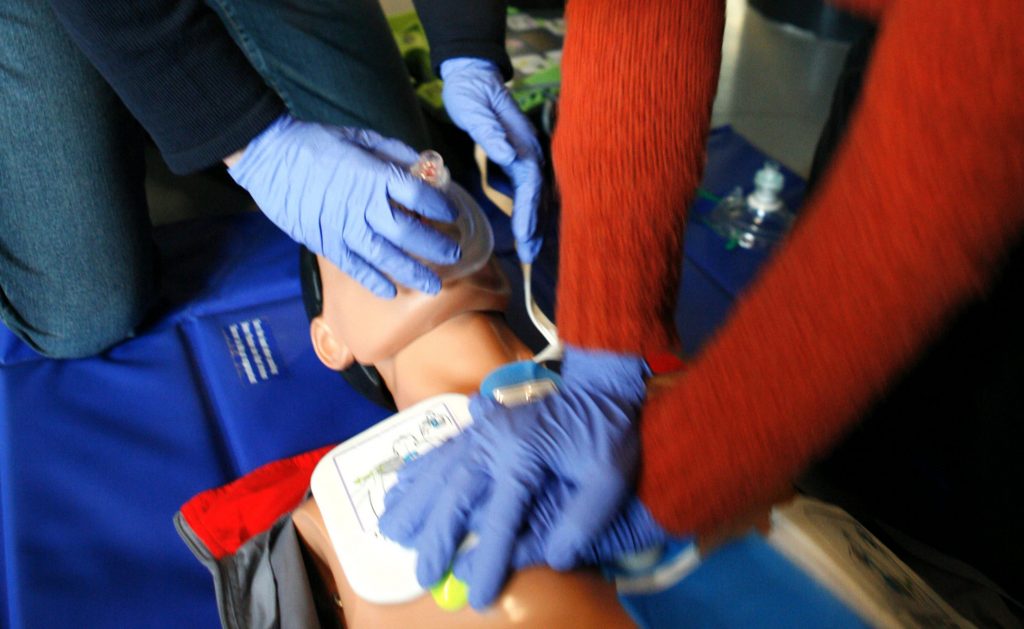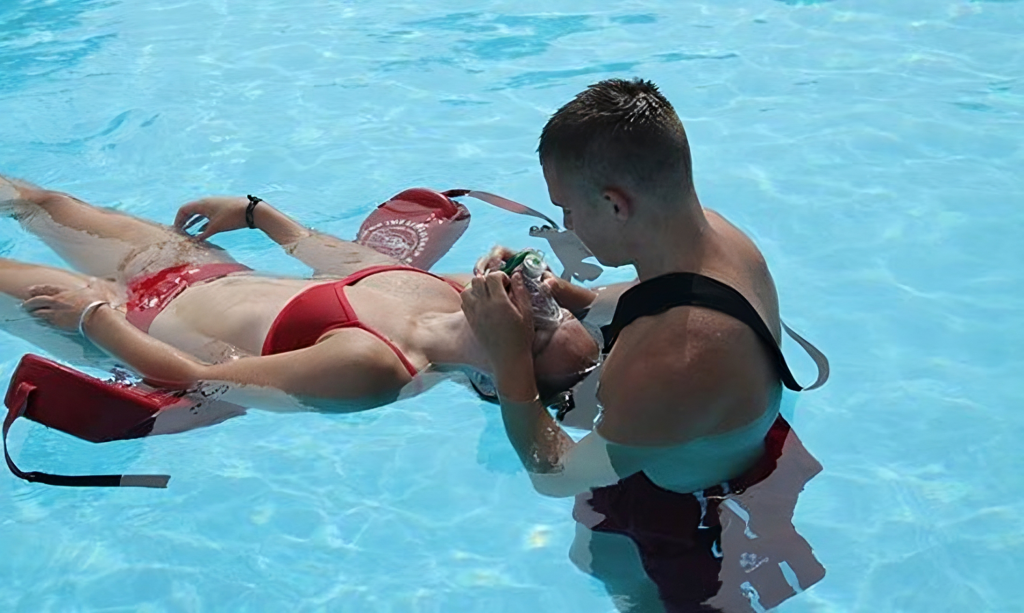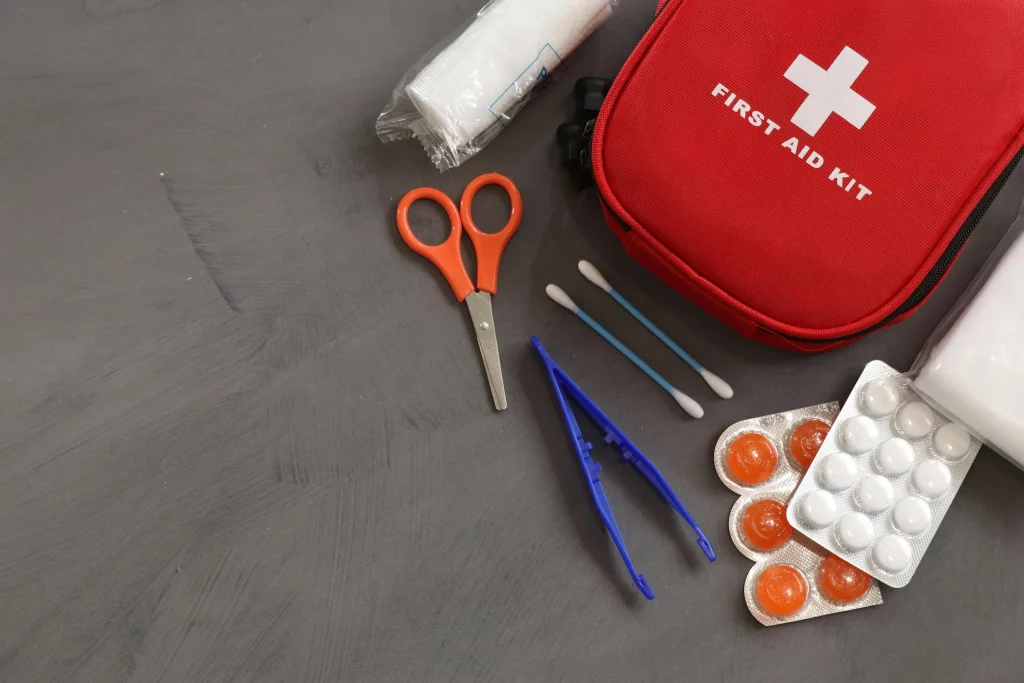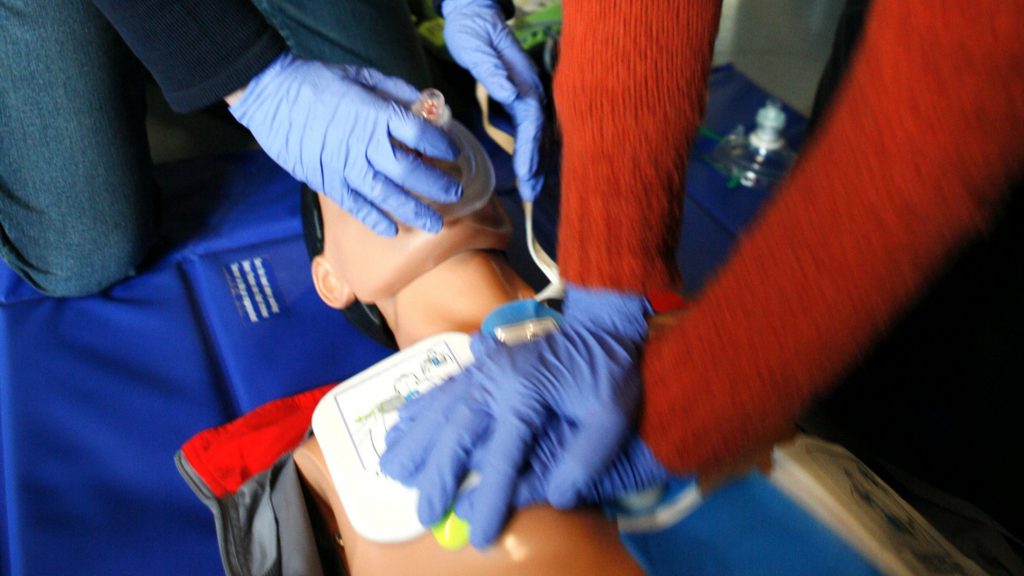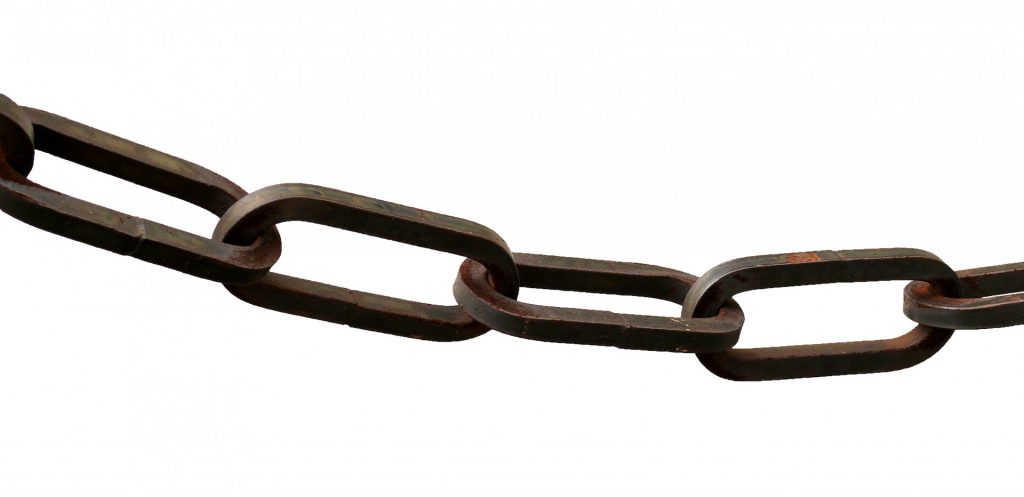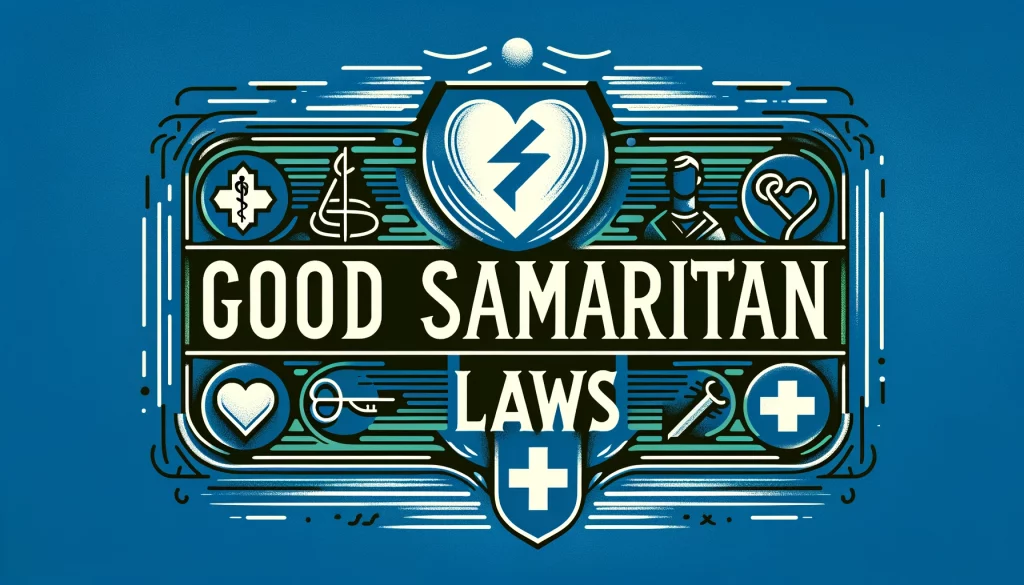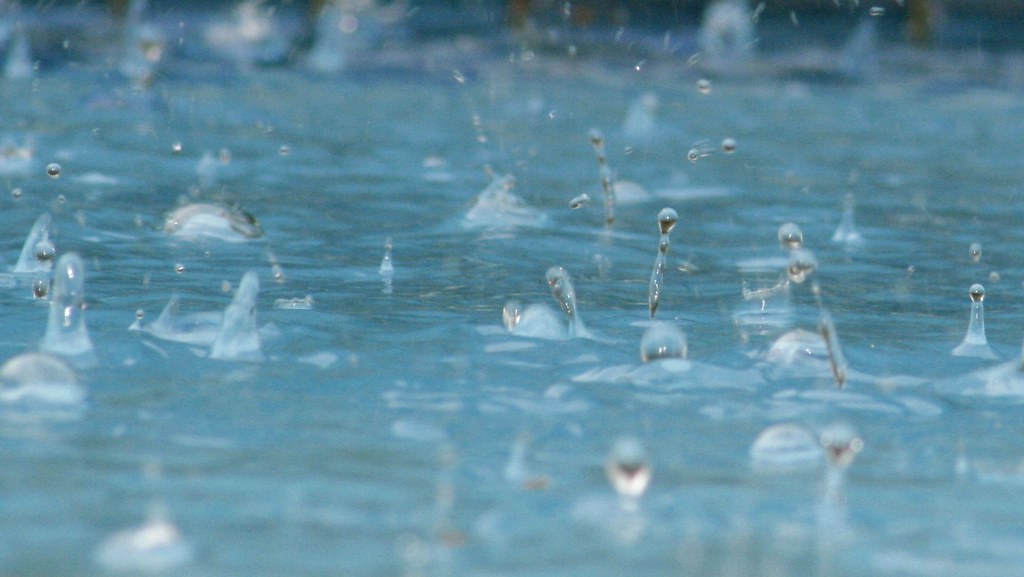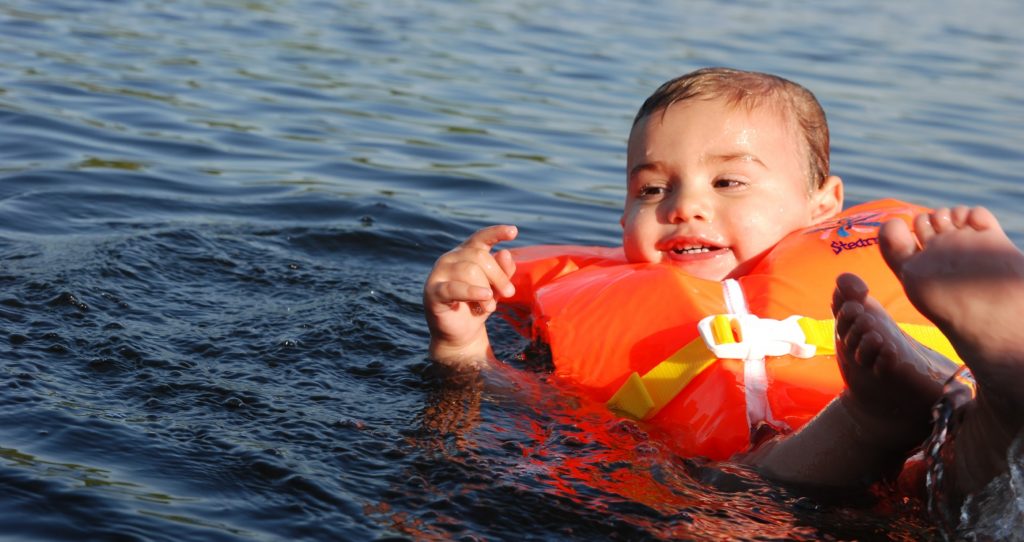Hands-only CPR may not be as effective for drowning victims compared to traditional CPR, which includes both chest compressions and rescue breaths. When someone has drowned, there’s often a lack of oxygen in their system, which requires both oxygenation through rescue breaths and circulation through chest compressions.
Here’s why traditional CPR is typically recommended for drowning victims:
- Oxygenation: Drowning victims often have depleted oxygen levels in their bloodstream. Rescue breaths deliver oxygen directly to the lungs, helping to replenish oxygen levels and support vital functions.
- Clearing Airways: Drowning victims may have water in their airways, which can obstruct breathing. Rescue breaths help clear the airway and facilitate breathing, improving the effectiveness of CPR.
- Circulation: While chest compressions are crucial for maintaining blood circulation, they are more effective when combined with rescue breaths. Oxygenated blood circulated through compressions helps deliver oxygen to vital organs, including the brain.
- Special Considerations: Children who have drowned or experienced a near-drowning incident may particularly benefit from traditional CPR, as their smaller airways and faster metabolism require prompt oxygenation and circulation.
In summary, while hands-only CPR is effective for certain scenarios like sudden cardiac arrest in adults, traditional CPR, including both chest compressions and rescue breaths, is typically recommended for drowning victims to maximize the chances of survival and recovery.

